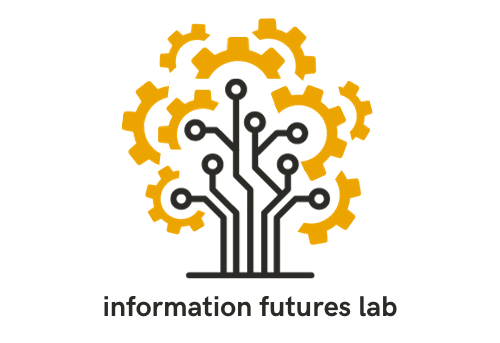Our team of researchers at the Information Futures Lab started the systematic literature review featured on this website to generate guidance for practitioners who are responding to misleading health information every day. When we realized the evidence wasn’t strong enough to support an evidence-based playbook for mitigating health misinformation, and instead pointed to an urgent need for more coordination and collaboration in the research community, we felt we couldn’t just stop at communicating these findings. We needed to understand what the barriers were to making evidence more actionable, and how more public health and other voices could be included in the design and delivery of health misinformation interventions.
With generous support from Peter G. Peterson Foundation we have begun a follow-up project engaging with misinformation researchers, public health practitioners responding to misinformation, and journalists covering misinformation. In qualitative interviews, we are mapping obstacles and opportunities to increasing collaboration, standardizing measures and typologies, and collectively moving the misinformation research field forward.
Below, you will find an early readout from this work, focusing on our conversations with researchers for now.
The field of misinformation research is relatively new. In our interviews, researchers pointed out that the current methodological challenges and roadblocks they are experiencing are common when new academic disciplines emerge.
“It’s such a nascent field, and it is growing rapidly. But with any scientific endeavor, establishing a baseline body of knowledge is extremely important. That’s the stage we’re in right now, creating a strong foundation of theoretically driven research so scholars can build on it in the future. That’s why we’re seeing such a diversity of misinformation messages, intervention messages, intervention modalities among many other variables being tested to assess their impact and effectiveness. And all of these efforts are helping build a foundation for future scholarship on misinformation.”
Arunima Krishna — Associate Professor, Department of Mass Communication, Advertising and Public Relations at Boston University
Researchers also acknowledged the lack of standardization among intervention studies, as identified in our systematic literature review.
[Misinformation research] is quite a new domain and a lot of things are not standardized…there are lots of different stimuli. There are lots of different ways to measure misinformation suitability, there are lots of different types of interventions that each have completely different methods to analyze when an intervention works.”
Rakoen Maertens — Junior Research Fellow at the University of Oxford
Researchers spoke of several challenges confronting them, such as the lack of studies mapping the information consumption habits of different communities, lack of access to data, and the challenge of staying abreast of and addressing misinformation in a rapidly changing information landscape.
More collaborative research efforts and funding for smaller, community-centric research are often hindered by institutional and personal incentives, interviewees acknowledged. Academia’s lack of diversity and poor translation of relevant findings with stakeholders such as policymakers and journalists further limit practical applications of some of the research.
“We’re trying to make the case that our research is fundamentally more important than someone else’s, when the reality is we’re all holding puzzle pieces. And we can’t actually make a puzzle until we put all the pieces on the table.”
Brandi Collins-Dexter — Former Associate Director of Research, Tech and Social Change Project at Harvard
Researchers highlighted various resource needs and measures that could move the field forward. This included more space and opportunities for collaboration across academic disciplines, including more adversarial collaborations.
“What I would really want to see is a collaborative space, where people who are interested in this topic can just share their stuff…obviously this could go sideways really quickly, with things like intellectual property theft. But if you had well intentioned people collaboratively workshopping each other’s methods and findings and trying to achieve a Rawlsian consensus through reflective equilibrium…that would be great. Because to me the end goal of this kind of project is not for any one person to succeed as a scientist, it’s for the best ideas to succeed.”
Jon Agley — Deputy Director of Research, Prevention Insights, and Associate Professor at Indiana University’s School of Public Health – Bloomington
Researchers who are working closely with communities highlighted the need to understand the differential effectiveness of interventions, such as pre-bunking and fact-checking, across particular demographics and in different languages.
“I think we need to consider elements like news trust and language barriers…There might be, for instance, pre-bunking interventions that if we translated them into Spanish might not be as effective. They might have to come from certain messengers, or they might have to be framed in terms of certain values.”
Yamil Velez — Assistant Professor of Political Science at Columbia University
To advance the field, researchers acknowledged the importance of updating taxonomies of misinformation types; carrying out more longitudinal field experiments to validate interventions in real life; and developing new methods and strategies for researching and addressing misinformation that aren’t susceptible to the whims and rapidly changing policies of social media companies.
